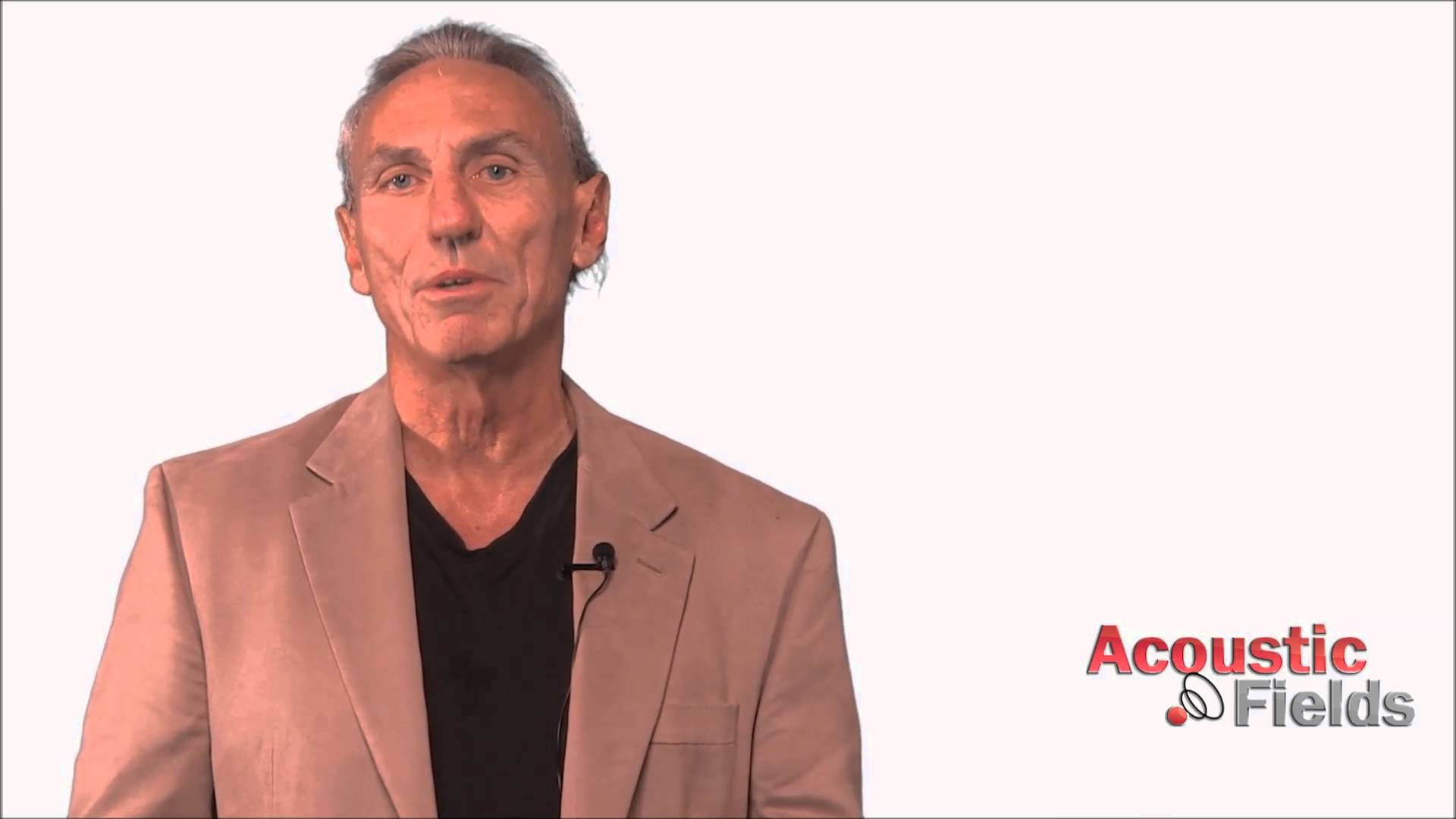Today we’re going to talk about sound dampening materials. Sound damping is misused a lot of times in the literature and the terminology, in the marketplace it’s misused by manufacturers and it’s really misunderstood by people who are trying to understand room acoustics and things that go with room acoustics.
Sound damping refers to vibrational acoustics. Damping is damping of vibrations. Sound absorption on the other hand is absorption of sound so it’s two different processes that’s kind of lumped into one area. What we’re trying to do with sound damping is minimize the impact that vibrations have.
In a structure, that has a wall or a door or some kind of hard surface area, our goal is to stop or minimize the vibrations that strike the surfaces of the door or wall so that by the time the vibrations reach the other side they’re minimized and how do we do that? We do that through a process of sound dampening not sound absorption, you can’t confuse the two issues.
Sound damping is vibrational minimalization if you will. So sound damping materials are materials that control vibrations and that’s the key that you have to keep in mind with sound damping materials. Example of sound dampening materials would be a wall and in the wall, we would use multiple layers. In these layers, each layer would have different densities, between each of those layers that had different densities we would have a vibrational damping compound inserted so that when the vibration begins at the front and travels through the structure, it encounters many different densities, many different materials.
In Summary
If you would like to learn more about room acoustics please sign up for my free videos and ebook by joining the mailing list here. I send room tuning tips and things for you to test in your room every Wednesday. They are easy to follow and will really help you enjoy more of your music.
Alternatively feel free to contact me directly at: 520 – 392 – 9486 MST or info@acousticfields.com. You can see more of my research and development story and why I started Acoustic Fields at: https://www.acousticfields.com/who-we-are/.
Thanks and speak soon
Dennis







